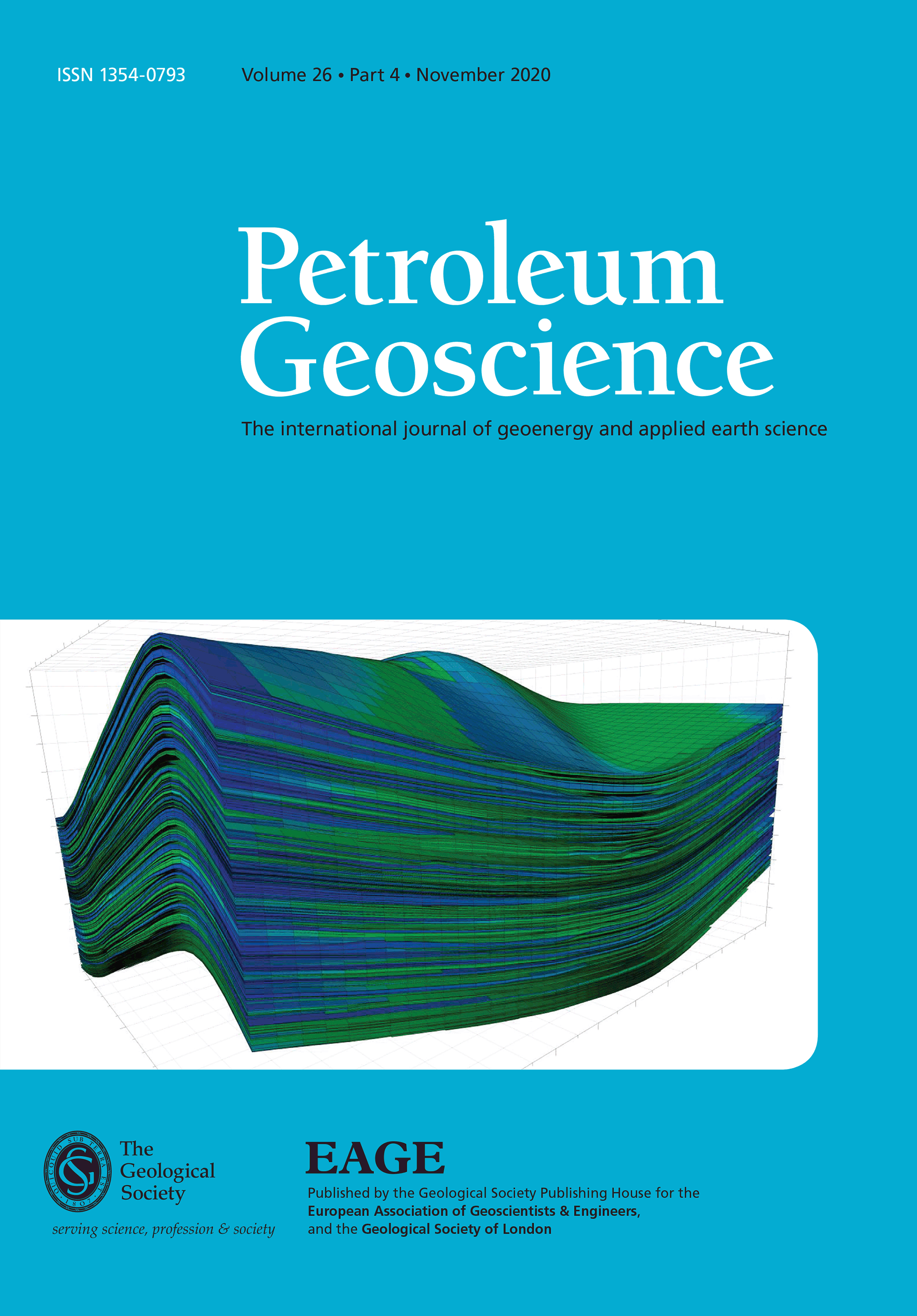
Full text loading...
Evidence of hydrocarbon leakage has been well documented across the SW Barents Sea and is commonly associated with exhumation in the Cenozoic. While fault leakage is thought to be the most likely cause, other mechanisms are possible and should be considered. Further study is required to understand what specific mechanism(s) facilitate such leakage, and why this occurs in some locations and not others. In a case study of the Snøhvit Field, we use seismic and well data to quantify fault- and top-seal strength based on mechanical and capillary threshold pressure properties of fault and cap rocks. Magnitude and timing of fault slip are measured to acknowledge the role that faults play in controlling fluid flow over time. Results based on theoretical and in situ hydrocarbon column heights strongly indicate that across-fault and top-seal breach by capillary threshold pressure, and top-seal breach by mechanical failure are highly unlikely to have caused hydrocarbon leakage. Instead, top-seal breach caused by tectonic reactivation of identified faults is likely to have facilitated hydrocarbon leakage from structural traps. The results of this case study acknowledge the different mechanisms by which hydrocarbons can leak from a structural trap. Employing both a holistic and quantitative approach to assessing different seal capacities reduces the likelihood that a particular cause of hydrocarbon leakage is overlooked. This is particularly relevant for the Snøhvit Field in its dual capacity as a producing gas field and as a carbon sequestration site since both systems rely on a thorough understanding of seal capacity and leakage potential.

Article metrics loading...

Full text loading...
References


Data & Media loading...

